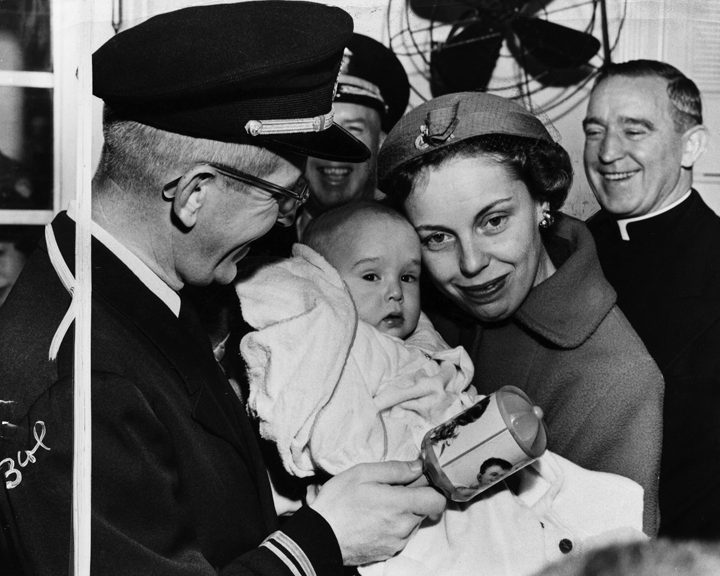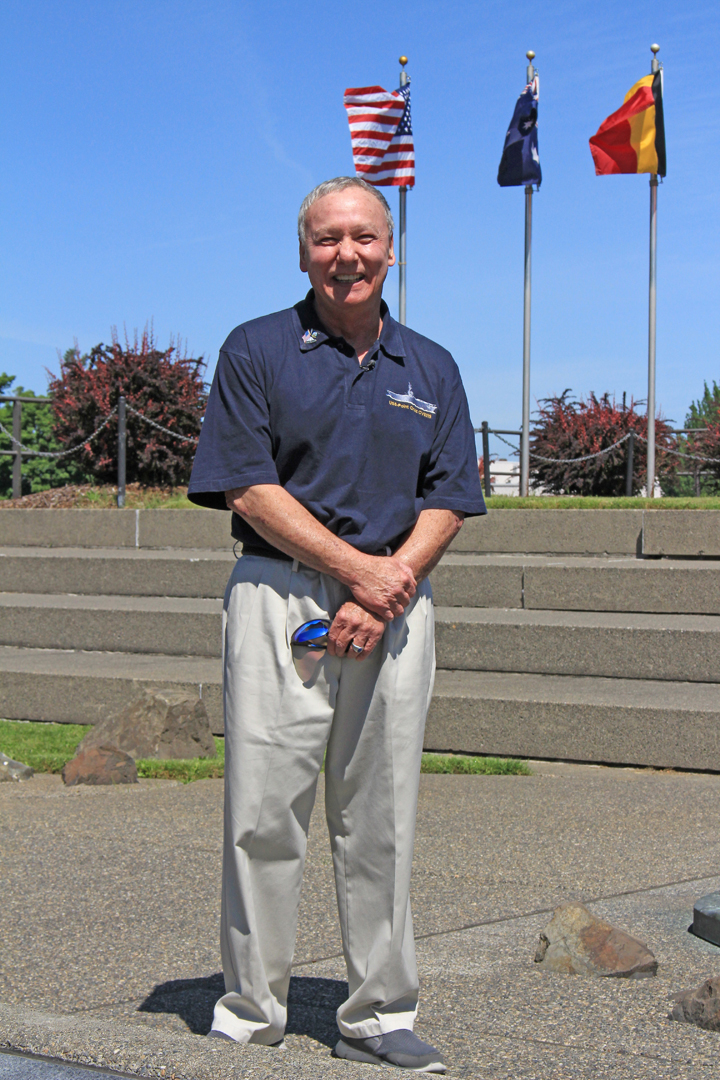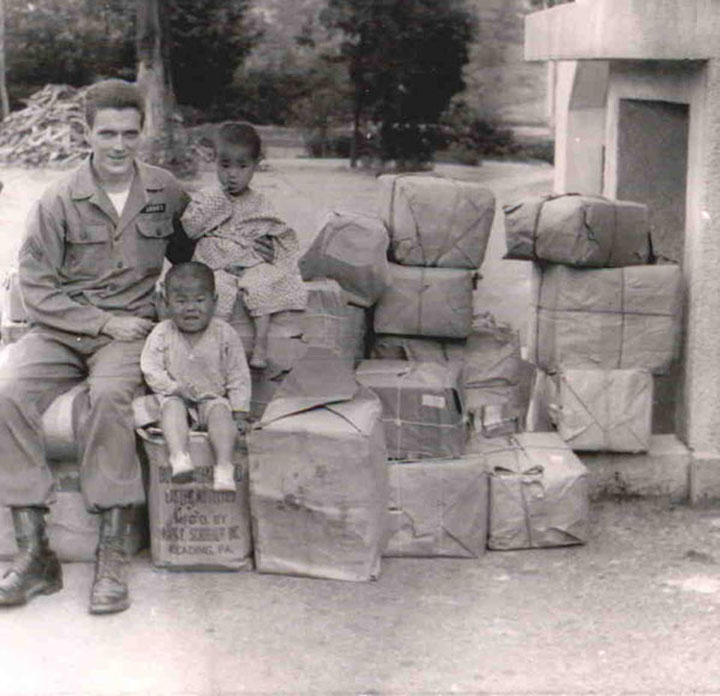
Korea 65 launch countdown: Dan Keenan and George Drake
We’re only one day away from the launch event for the new Legacy Washington exhibit, “Korea 65: The Forgotten War Remembered.”
The exhibit explores the stories of 13 Washingtonians who experienced the Korean War in different ways, from U.S. soldiers who fought in the war, to a nurse who worked in a MASH unit, to Korean Americans who grew up in Korea during or after the war.
The public is invited to attend the Korea 65 exhibit launch at the Capitol. It starts at 2:30 p.m. with Korean dance performances in the Rotunda. The formal ceremony begins at 3 in the State Reception Room. Afterward, attendees are invited to the Office of the Secretary of State to view the exhibit in the front lobby.
With the launch one day away, we highlight two more exhibit subjects, Dan Keenan and George Drake.
Keenan’s online profile, written by Trova Heffernan, can be viewed here. You can also view Keenan’s exhibit panels here.
The profile shares a moving story how Keenan was found abandoned and emaciated as a baby boy on the doorstep of a military infirmary one night in 1953 near the Korean port city of Inchon. A nun who ran a nearby orphanage saw the baby’s blue eyes and knew he would never survive in Korea.
The skipper of the USS Point Cruz, which was docked in Inchon, broke regulations to bring the baby on board. The presence of “Baby-san” lifted the spirits of 1,000 homesick sailors who helped nurse the baby back to health.
The nun, Sister Philomena, persuaded the ship’s chaplain to help find the baby a home in America. The nun hoped Lt. Hugh Keenan, a surgeon from Spokane serving as the doctor aboard the USS Consolation, would adopt the baby. He did. Just before Christmas 1953 in Spokane, Keenan’s wife, Genevieve, welcomed a new son. The story about “the Navy’s baby” generated headlines around the U.S.
At a reunion of the USS Point Cruz years later, Keenan thanked the ship’s commander and crew for what they did for him in Korea.

“How do I thank you for my life? Without you men and your good captain, I wouldn’t be here. Not in this hotel, not in this country. And maybe not even on this earth,” Keenan said.
Nowadays, Dan Keenan is a social worker living in Spokane.
The exhibit panels about Drake, which you can view here online, tell the story of one of many American soldiers who helped orphans and other children during the Korean War. Near his home in Bellingham, Drake built the Korean War Children’s Memorial Pavilion in Bellingham. A plaque there says American servicemen and -women saved the lives of more than 10,000 children and helped sustain over 53,000 children housed in more than 400 orphanages, many built or repaired by servicemen. Soldiers also donated over $2 million from their meager pay and called for help from their families, neighbors and friends back home who sent thousands of tons of aid for the orphans and their caregivers.

“Somewhere I noted that in the first six months I was in Korea I had sent out over 1,000 letters soliciting help for the orphans,” Drake said. “I was spending upwards of 20 hours each week on orphanage affairs. This after pulling my regular shifts in the operations tent or guard duty.”
Legacy Washington, which is part of the Office of Secretary of State, produces exhibits and biographies about notable Washingtonians.